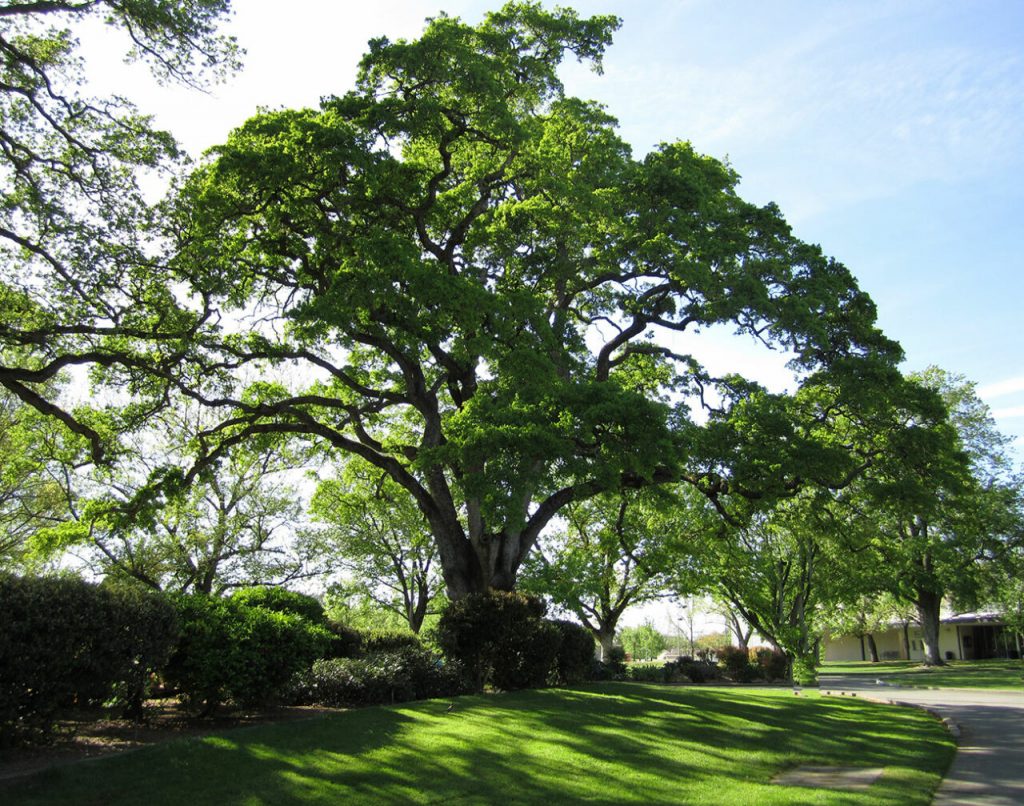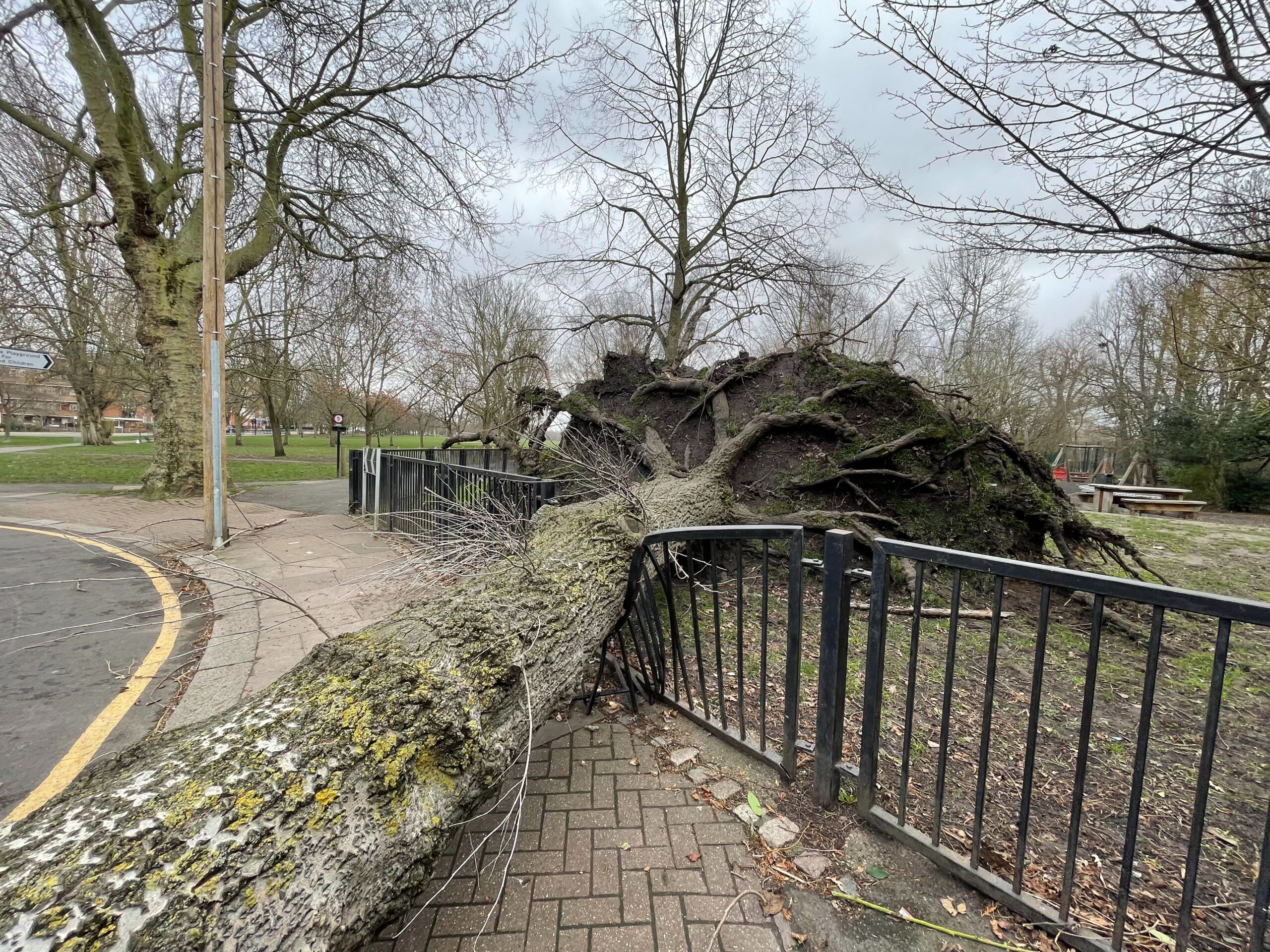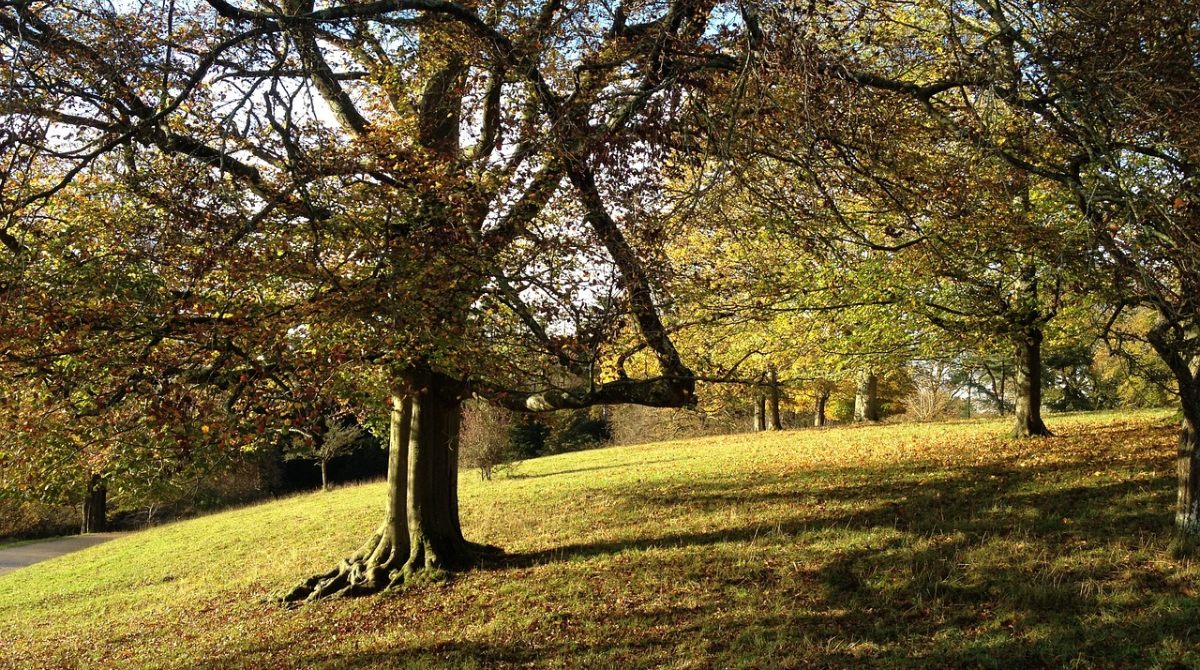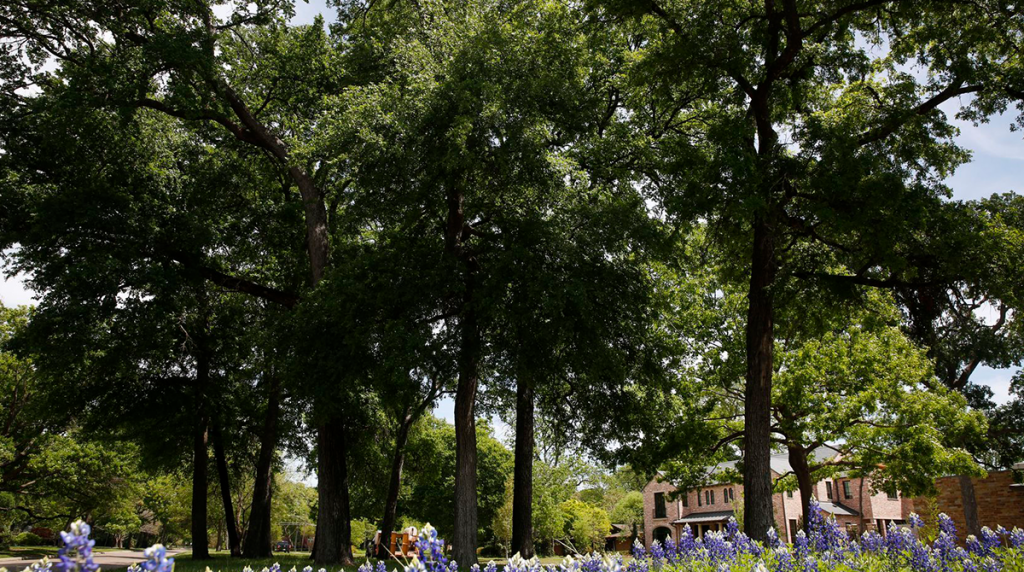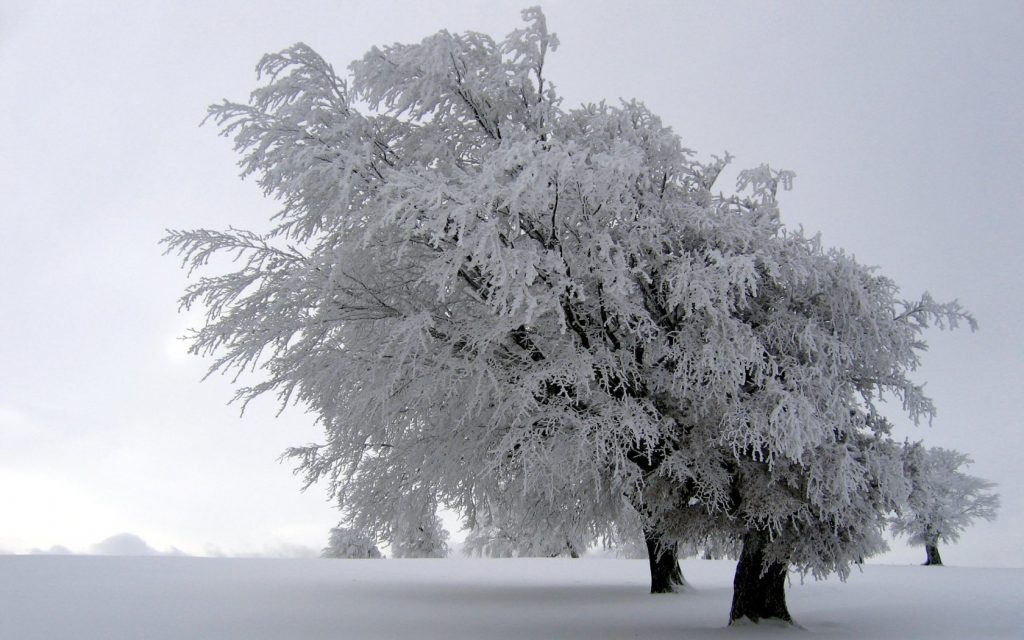
Date November 03, 2021
Category
When Winter Storm Uri struck Texas this past February, few could have anticipated the widespread damage incurred to our beautiful arbors. It feels like a distant memory to many North Texans and those across the state, but its effects can still be seen and felt almost a full year later. Tree recovery can unfurl at a seemingly glacial pace, and you may still be witnessing the effects of the brutal battering our trees endured from the sudden snowstorm.
What happened, and how do we make assessments from now on when it comes to the health of our arbors still standing? Here are some thoughts to keep in mind for your tree health analysis in North Texas after the effects of Winter Storm Uri.
TWO TYPES OF DAMAGE
The two main types of damage typical of extreme winter storms like Uri are loading and freeze.
Loading damage – Buildups of snow and ice usually cause this. This damage type can split and bow trees and break off branches, making them potentially quite dangerous. Thankfully, bowed trees will naturally right themselves reasonably quickly with minimal to no assistance. If both halves are still present, a split tree can be bolted back together by professional tree care services.
Freeze damage – This type of damage will take much longer to see its full effects, ranging from affecting small twigs to killing the entire tree. Frost cracks were a typical result in the aftermath of the dramatic temperature swings. Tree bark expanded much faster than it could recover, leaving many trees with vertical cracks that exposed countless established trees’ more delicate inner layers.
MITIGATING DAMAGE WITH PRUNING
Trees can remain firmly upright for years after they have technically died. Some thoughtful pruning of risky branch dieback may preserve their solid trunk in place and save you hundreds in immediate expenses. Pruning may be all that’s also needed to maintain a surviving tree while it’s recovering to reduce any unnecessary weight on the tree’s structure and protect surrounding fencing, roofing, or backyard pools. Check out our previous blog here for advice on how to best prune the smaller branches for you DIYers, but make sure you call a certified arborist like TreeNewal who can safely handle the more significant tasks!
SALT DAMAGE
Improper use and removal of pavement de-icing salts affected roots, branches, and surrounding turf. Young plants that survived the freeze saw their growth stunted as a result. Even sodium-filled water spattered onto urban trees by vehicles driving past can spread damage. Salt remaining in the soil causes harm to the plants’ ability to soak up moisture and nutrients necessary for recovery in the following spring and summer.
OAK TREES ARE MOST COMMONLY AFFECTED
In winter, live oak trees notoriously have a hard time with recovery from a winter storm, and Uri was no different in this respect. If you are concerned about your live oak, there’s a simple test you can run to reasonably confirm its health. Known as the Scratch Test, use a knife or even just your fingernail to scratch against a branch’s surface to reveal its condition. Should shades of green be uncovered, odds are your live oak is still healthy; if you find a patch of brown, possibly the tree is not well. However, again, be generous with your patience as verdant green may yet be hiding underneath. When it comes to organic renewal, trees are in no hurry, and so should you be, too.
・Longleaf, slash, and pine species are also commonly affected by winter storms, while shortleaf pines and loblolly are typically more resilient.
・Branch and twig dieback on ash trees often see some of the most prolonged recovery periods after an extreme cold, taking several years to develop new leaves.
INSECTS
Trees weren’t the only element of ecology affected by the storm. The insect population experienced a sharp reduction, and many tree diseases had their active cells killed by the cold. Both will helpfully allow trees and their buds additional time for unimpeded regrowth, though a reduction in such biodiversity may overall have further yet unforeseen long-term impacts.
AROUND THE STATE
Harris County in southeast Texas seemed to bear the most immediate brunt with extensive damage to property due to fallen trees and branches. In the more forested areas of East Texas, there was a strange change of color to tree needles and leaves, a clear indicator of freeze damage. Once a dark green, they curiously turned an odd reddish-gray color thanks to disruptions of cell walls as part of trees’ self-preservation or abscising. Minimal breakage to forest crowns from ice loads there was reported. Palm trees around San Antonio lost much of their fronds but have since seen much regrowth thanks to strong resilience as a species. The citrus groves near the Rio Grande may see the most extended impacts, affecting not just the 2021 season but the 2022 crop as well. Ben Bertram, the program coordinator of the Central Texas nonprofit TreeFolks, said of Austin’s arbors, “For the most part, our native trees are gonna be able to adapt and overcome; it’s just one of those tough years.”
A quick search on TreeNewal’s blog will provide you with countless more tips on professional winter tree care for the upcoming season!
If you need emergency pruning services from loading damage or you would like an assessment of your trees’ health since Winter Storm Uri, get in touch with the ISA-certified arborists at TreeNewal and enjoy tailored tree care advice.
To learn more about Winter Storm Uri – The Effects it Had on North Texas Trees, call our Argyle and Southlake-based teams
at tel:(817) 592-6846 or send us a message.
We’re a little different than the average tree services company.
Learn more about TreeNewal’s ISA Certified Arborists!
Our Dallas/Fort Worth-based tree doctors can explain how sustainable tree care services add more value to your bottom line.
Healthy trees, healthy lives.
